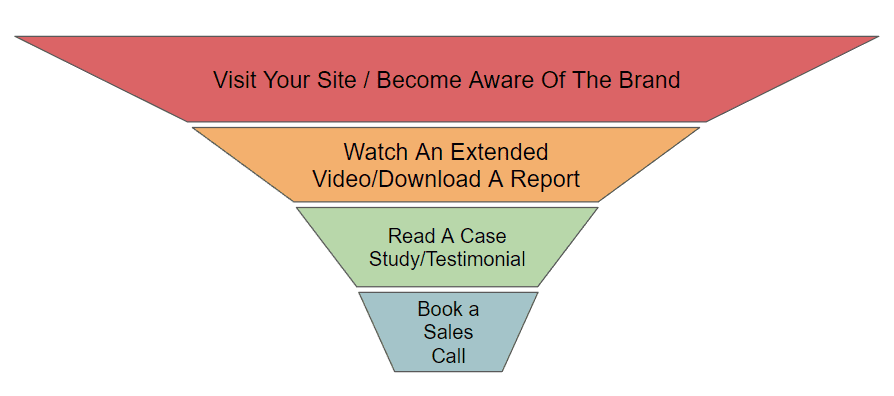So, you’ve been tasked with selling something, or you work for an agency that helps companies sell something. Either way, you need to develop a marketing strategy that reaches a target audience. But where do you begin? This step by step guide will help explain the five key elements to consider when planning how to market your product or service.
Business Model:
Position yourself in the market
Target Market:
Focus on one niche at a time
Messaging:
What resonates with your customer?
Placements:
Where is your customer?
Methodology:
What do you want your customer to do?
Model
You will need to start with the basics – your business model. This was probably already defined or you wouldn’t be putting together a marketing plan. There are four questions you must ask yourself that will help you build a strategy:
- What do you do?
- How do you provide value to customers?
- Why should your customers care?
- What are you offering them?
This is where you will determine how you will drive revenue, why your product/service matters, and what unique selling proposition you are offering. These will in turn help determine where to find your market.
Market
Who are the people whose problems you are uniquely positioned to solve. Remember, Focus On A Niche! Broad messaging is bland messaging. You want to speak directly to your audience. Three key elements to consider when building your audience are:
- Demographic (age, gender, income, occupation)
- Geographic (city, state, country)
- Psychographic (attitudes, values, beliefs, lifestyles)
Define these factors, and you’ll be able to narrow down your target audience to fit a persona or profile. From here, we’ll work backwards through the rest of the steps.
Methodology
Perhaps we want to get people to book a sales call, or purchase a product from your shop. We are trying to move a customer from brand unaware to ready-to-buy. The approach follows three main steps:
- Awareness: Making a potential customer aware of your brand.
- Consideration: Building a case for why your customer needs your product/service
- Action: Getting a customer to contact you or purchase something
This will take the appearance of a funnel. Here’s an example. Note, consideration can take more than one step.

You now know what you must get the customer to do. The next question is ‘where do you find your customer?’.
Media
A general rule of thumb when considering a few popular media placements:
- Google Search: people are searching for something
- Facebook/Instagram: people are browsing personal content
- LinkedIn: people are browsing work-related content
- TikTok: people are consuming content quickly
- Youtube: people are looking to learn or be entertained
- Display: people are not looking directly at you
For these reasons, different media placements will naturally work best at different steps in the funnel. For example:

Messaging
Messaging depends heavily on where the customer is in the funnel. You might introduce customers to the brand with a short video, but to educate them, follow up with a longer video or image ad explaining the business. Here’s an example:

Remember, the media placements you run will also determine how you should message. Here are some general rules of thumb:
- Google Search: Direct messaging including the search query
- Facebook/Instagram: Evoke emotion, don’t just focus on the product
- LinkedIn: Align with popular industry topics
- TikTok: Hook a user in the first 5 seconds
- Youtube: Provide educational content
- Display: Highlight the brand/product/service
Most importantly, position your brand so that you are the solution to a problem. You want to fulfill your customers’ wants, desires, goals, and aspirations. I always find myself referencing The Value Pyramid. Identify an element of value and explain how you are getting someone from point A to point B.
Remember to create at least two messages to test against each other. You will rarely guess what resonates best with your audience on the first try!
And that’s it…for the most part 😉 You will need to develop creative, landing pages, build campaigns, optimize, report, and iterate on what works. But, we’ll save all that for another time.
This is of course just one way to approach marketing strategy. If you have a different approach that has worked well, please share! I’m always interested in learning new things. Any questions or comments, please reach out.

